Nuclear Scare in Iraq
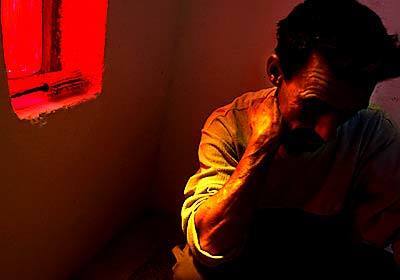
Hassen Aouda Safah, 35, received treatment for patchy and itchy skin after taking electrical cables from the Al-Tuwaither Nuclear Site. Safah, shown near a red windw, wanted to help restore electricity to Riyadh Village. (Wally Skalij / LAT)
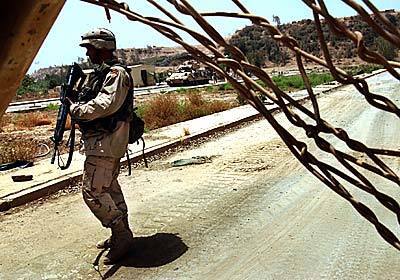
A U.S. soldier guards a security checkpoint at the Tuwaitha Nuclear Research Center south of Baghdad. (Wally Skalij / LAT)
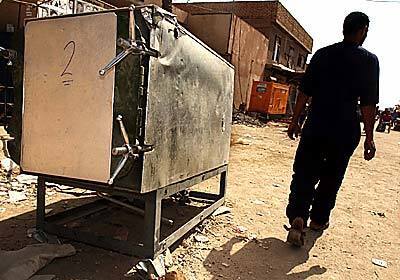
A man walks past a biochemical oven looted from the Tuwaitha Nuclear Research Center. After several people reported illnesses, looters set the oven in front of a mosque to be hauled away. (Wally Skalij / LAT)
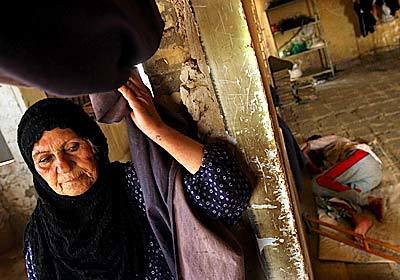
“I have a place to keep my family together,” says Fathyla Tharib Shala, as her son Hilal Ahmed Habib rests his broken leg. (Wally Skalij / LAT)
Advertisement
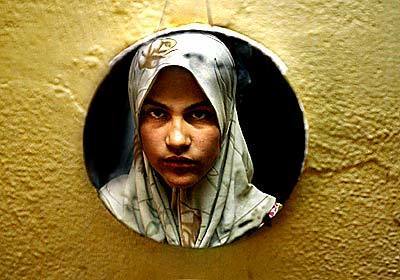
Elifat Rusam Saber, 14, has several nose bleeds every day that prevent her from attending school and other activities. The condition began after her brother brought home a container contaminated with nuclear waste. (Wally Skalij / LAT)
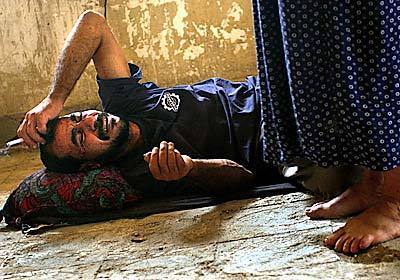
An intoxicated Ali Ahmed Habib, 30, cries while his mother stands over him at his home near the Tuwaitha Nuclear Research Center. Habib, unemployed and the father of seven, says he must steal to support his family. The family is fearful of becoming ill from toxic waste but say they have no where else to go. (Wally Skalij / LAT)
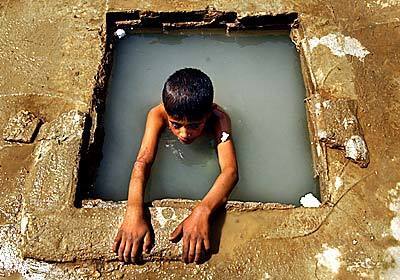
Yasser Satar Abed Karim, 9, soaks in murky water at the Tuwaitha nuclear research center. (Wally Skalij / LAT)



